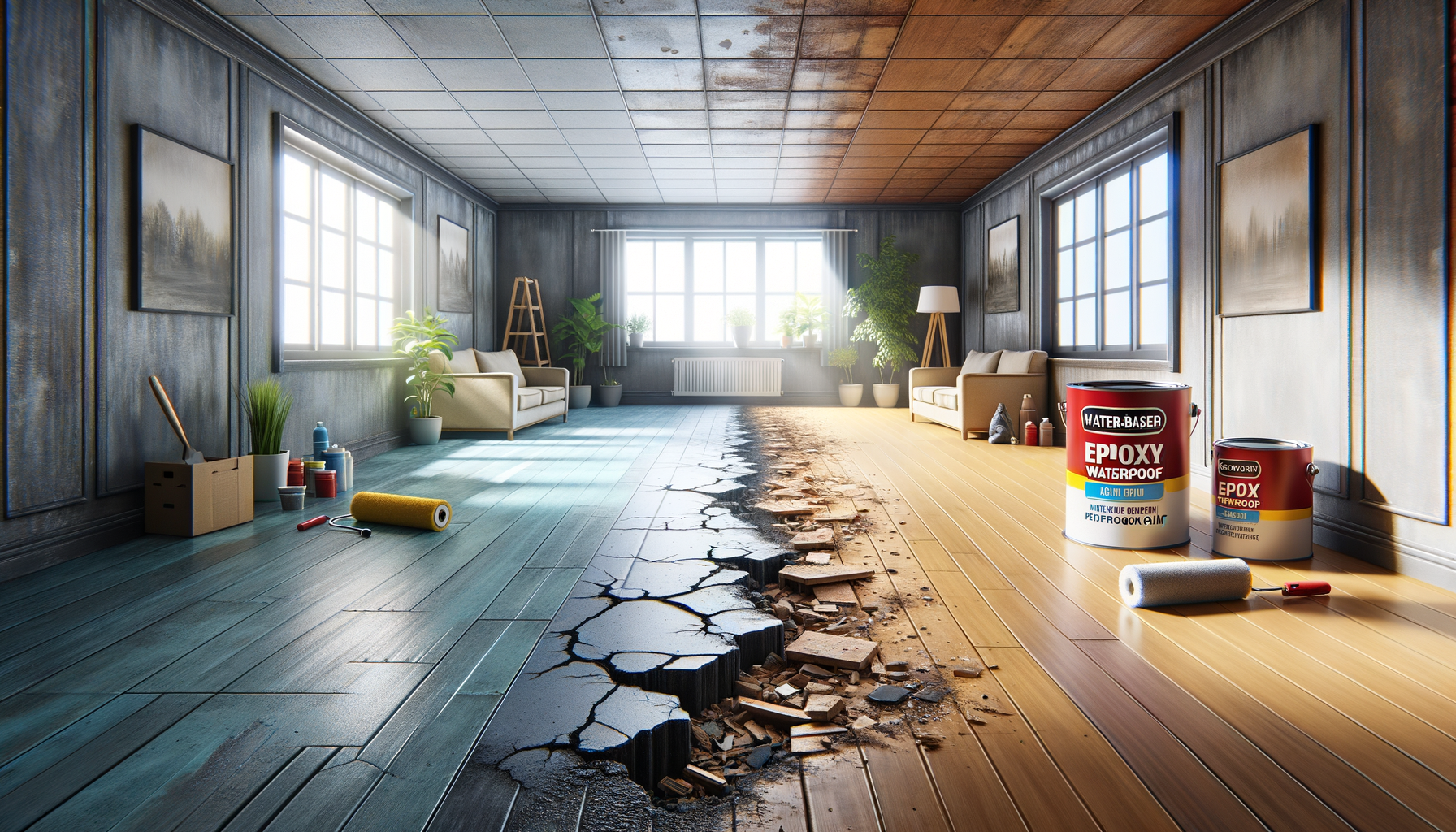Understanding the Basics of Floor Paint
Floor paint serves as a protective and decorative layer for various types of flooring surfaces. It is designed to enhance the durability of floors while adding an aesthetic appeal. Floor paint is commonly used in garages, basements, warehouses, and even residential areas where the floor endures heavy traffic and potential damage. The paint forms a shield against wear and tear, moisture, and chemical spills, making it an essential choice for maintaining the integrity of floors.
There are several types of floor paints available, each offering unique characteristics. The most popular options include epoxy, polyurethane, and acrylic paints. Epoxy paints are renowned for their exceptional durability and resistance to chemicals, making them suitable for industrial and commercial settings. Polyurethane paints provide a glossy finish and are often used in areas where aesthetics are as important as functionality. Acrylic paints, on the other hand, are more budget-friendly and easy to apply, making them a common choice for DIY enthusiasts.
Choosing the right floor paint involves considering factors such as the type of surface, expected foot traffic, and environmental conditions. It’s also important to prepare the floor properly before application to ensure the paint adheres well and provides long-lasting protection.
Benefits of Water-Based Epoxy Floor Paint
Water-based epoxy floor paint has gained popularity due to its eco-friendly nature and ease of application. Unlike traditional solvent-based epoxies, water-based versions emit fewer volatile organic compounds (VOCs), making them safer for both the environment and the applicator. This type of paint is ideal for indoor applications where ventilation might be limited.
One of the standout features of water-based epoxy is its fast curing time. This means that the floor can be ready for use in a shorter period, minimizing downtime in commercial or residential spaces. Additionally, water-based epoxy offers excellent adhesion to various surfaces, including concrete and wood, ensuring a durable and long-lasting finish.
Another advantage is its versatility. Water-based epoxy can be tinted to a variety of colors, allowing for customization to match the aesthetic preferences of the space. Its ability to withstand heavy foot traffic, abrasion, and chemical spills makes it a practical choice for both industrial and residential environments.
Application Process of Floor Paint
The application process of floor paint is crucial to achieving a smooth and durable finish. Proper preparation is the first step, involving cleaning the floor thoroughly to remove dirt, grease, and any existing coatings. For concrete floors, etching or sanding might be necessary to create a rough surface for better adhesion.
Once the floor is prepared, a primer is typically applied to enhance the bond between the paint and the surface. This step is particularly important for porous surfaces like concrete. After the primer has dried, the floor paint can be applied using a roller or brush, ensuring even coverage across the entire surface.
It’s essential to follow the manufacturer’s instructions regarding drying times between coats and the total curing period before the floor can be used. Applying multiple coats may be necessary to achieve the desired thickness and durability. Keeping the area well-ventilated during application and curing can also improve the overall quality of the finish.
Comparing Floor Paints: Epoxy vs. Polyurethane
When selecting floor paint, understanding the differences between epoxy and polyurethane options can help make an informed decision. Epoxy floor paints are known for their robust nature and resistance to heavy impacts and chemicals. They are often used in industrial settings where floors are subjected to extreme conditions.
Polyurethane floor paints, however, offer a different set of benefits. They are more flexible than epoxy, which makes them less prone to cracking under stress. This flexibility also allows polyurethane coatings to handle temperature fluctuations better, making them suitable for environments with variable climates.
In terms of aesthetics, polyurethane provides a glossier finish compared to the more matte appearance of epoxy. This makes polyurethane a preferred choice for spaces where visual appeal is a priority. However, epoxy’s superior adhesion and durability make it the go-to option for areas requiring maximum protection.
Ultimately, the choice between epoxy and polyurethane depends on the specific needs of the space, considering factors such as exposure to chemicals, foot traffic, and desired appearance.
Conclusion: Choosing the Right Floor Paint
Choosing the right floor paint involves balancing functionality, aesthetics, and environmental considerations. Water-based epoxy floor paint offers a sustainable and efficient solution for those seeking durability and ease of application. Its fast curing time and low VOC emissions make it a practical choice for both residential and commercial settings.
Whether opting for epoxy or polyurethane, understanding the unique benefits of each type is crucial. Epoxy provides unmatched durability and chemical resistance, while polyurethane offers flexibility and a glossy finish. By evaluating the specific needs of the space and considering factors such as foot traffic and environmental conditions, one can select a floor paint that not only enhances the appearance of the floor but also extends its lifespan.




Leave a Reply